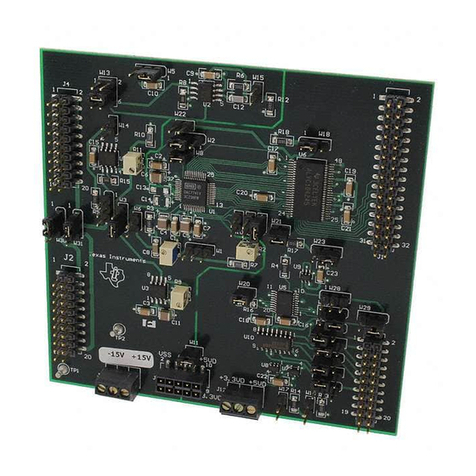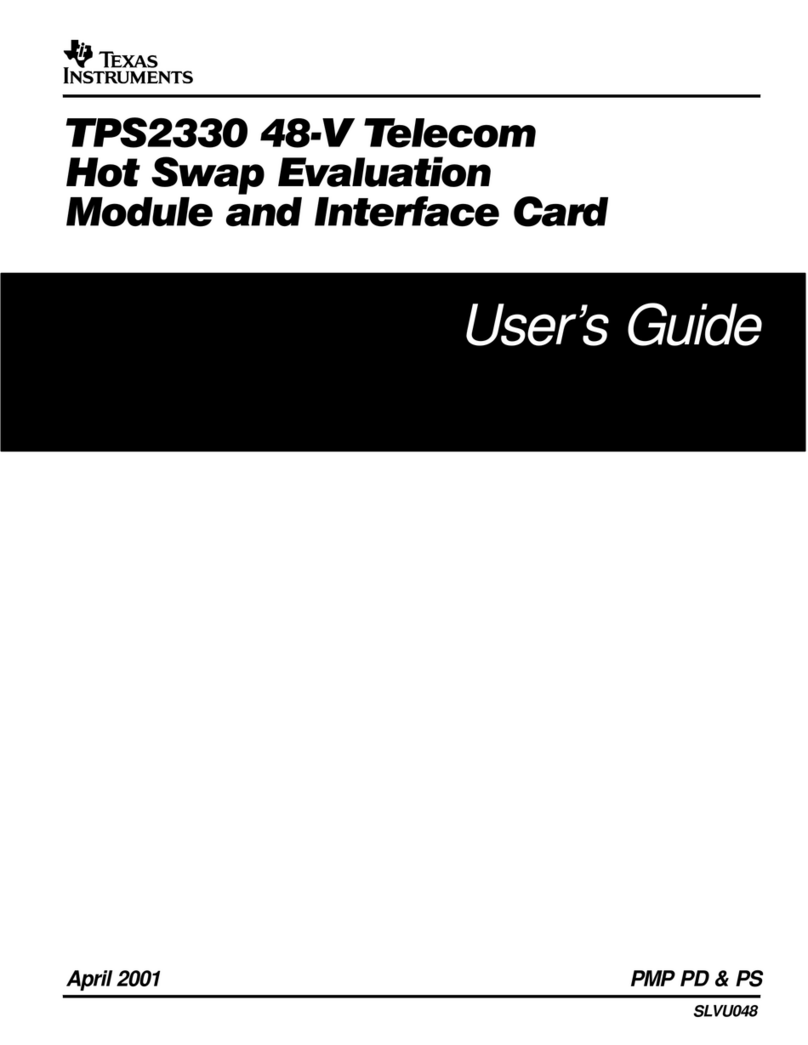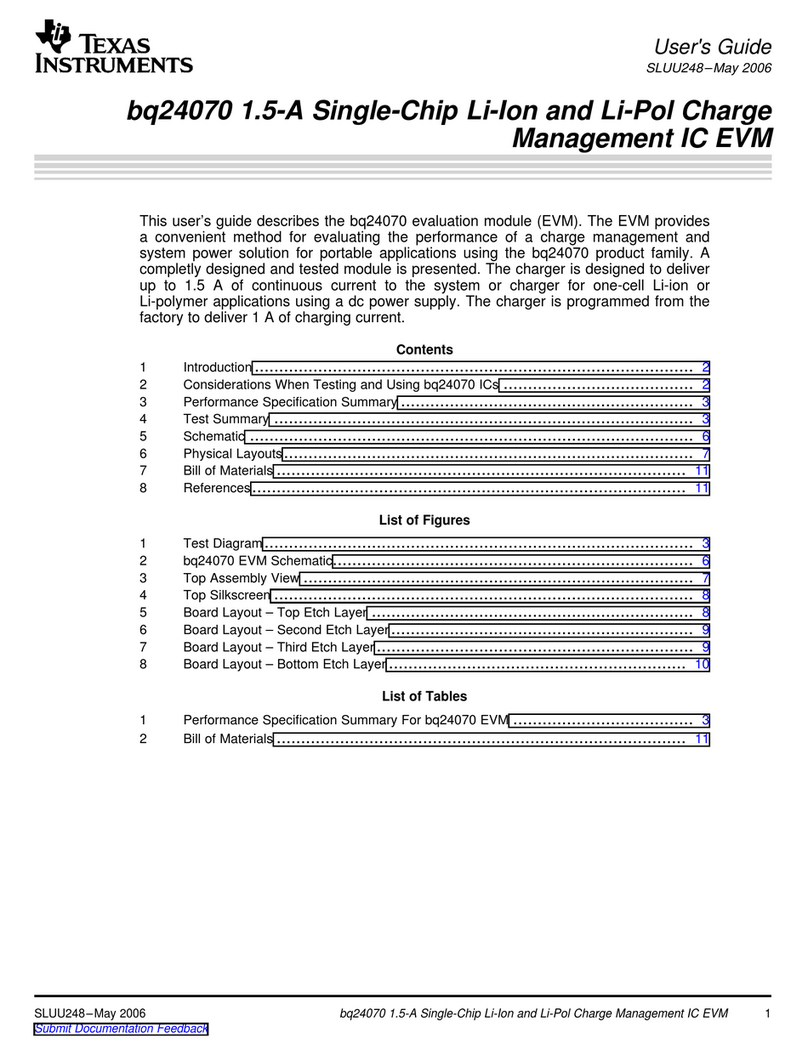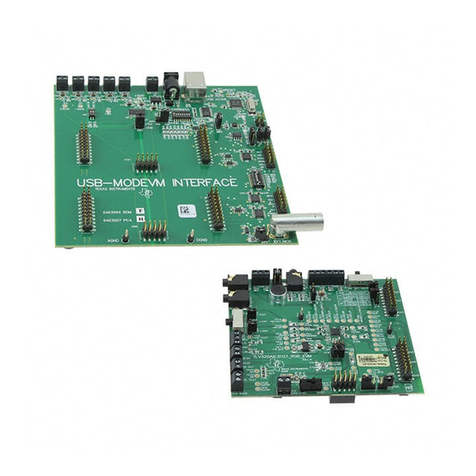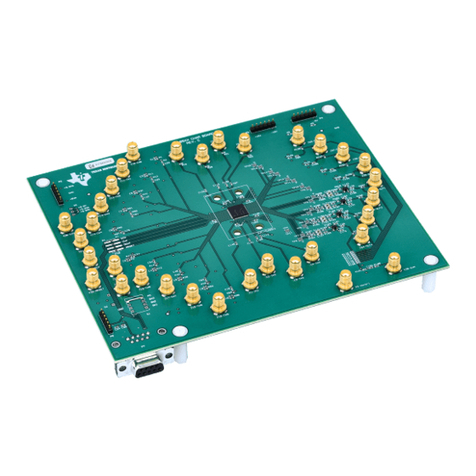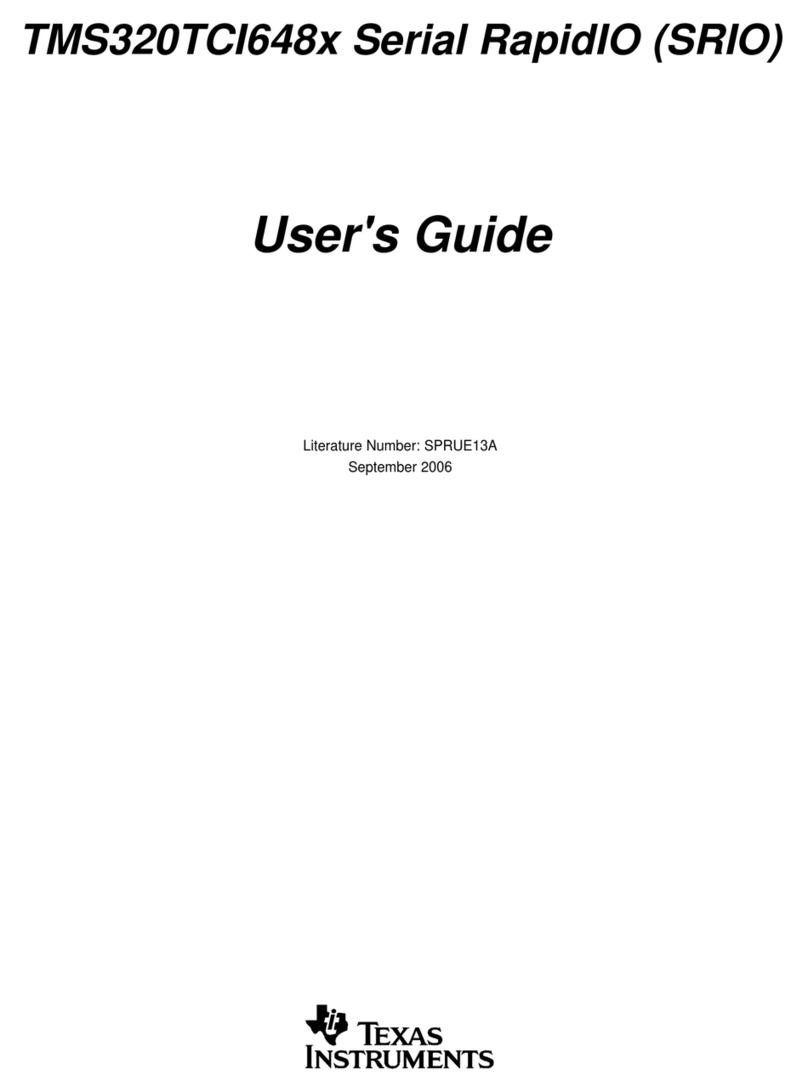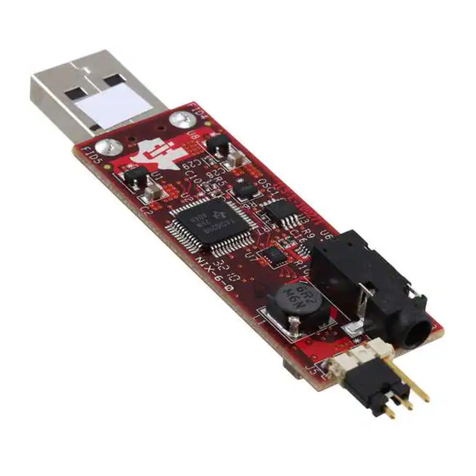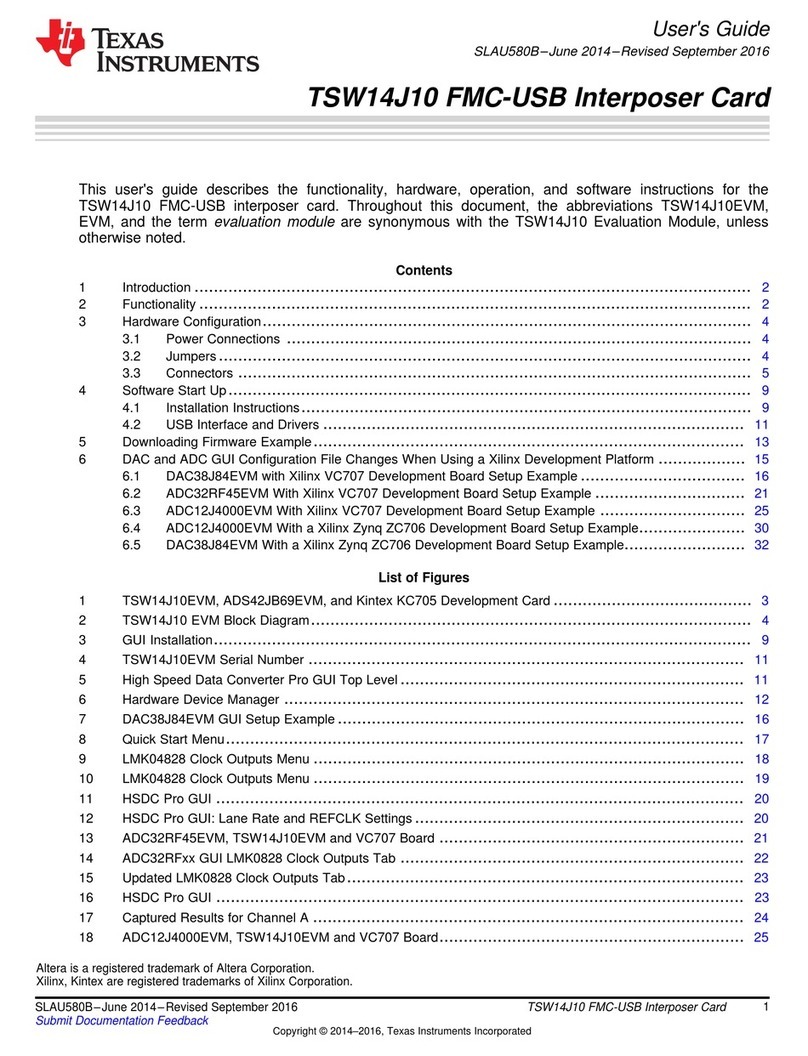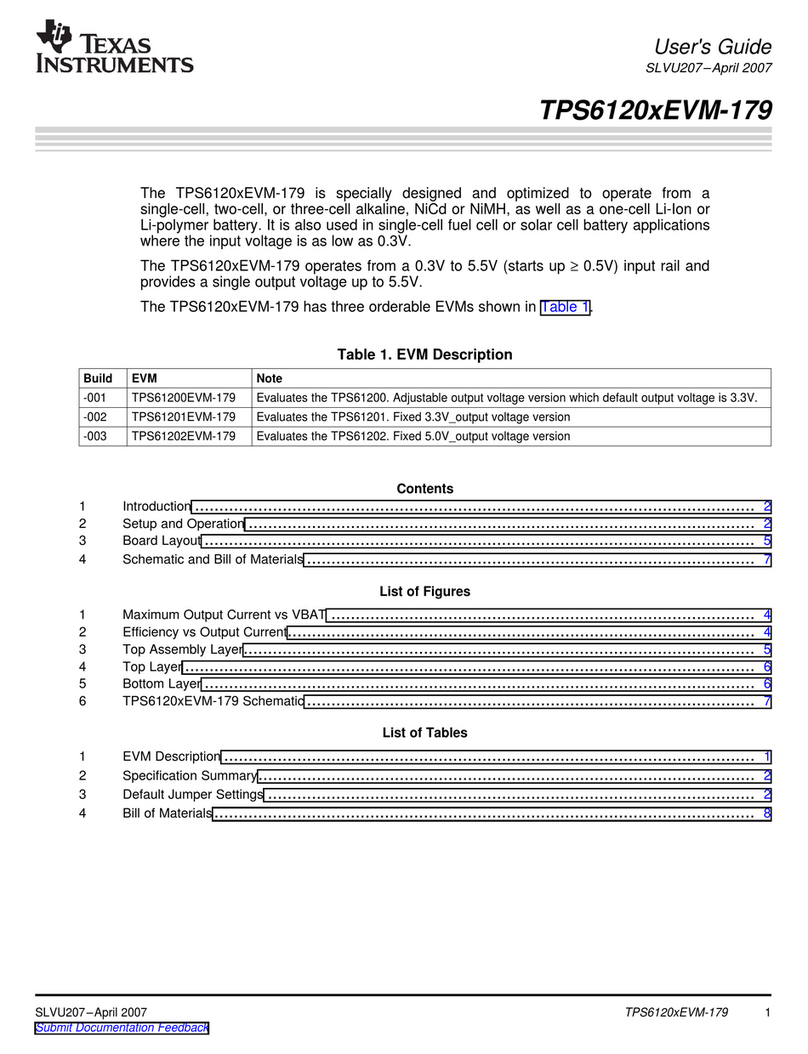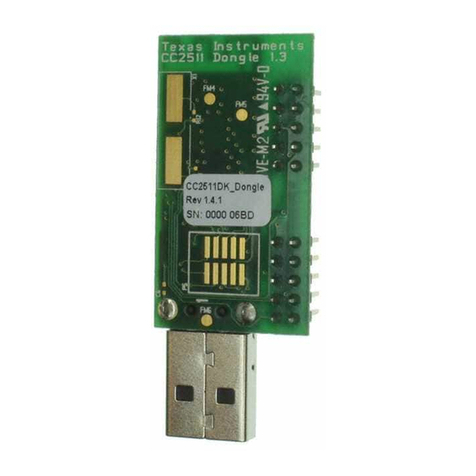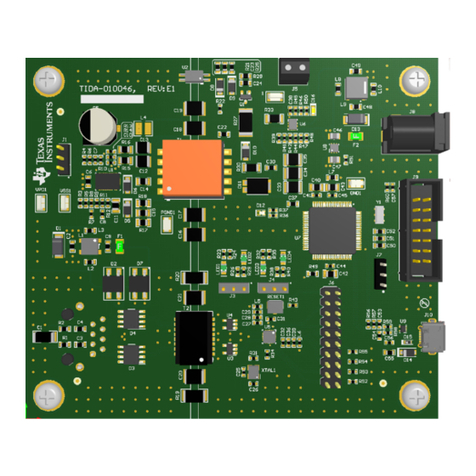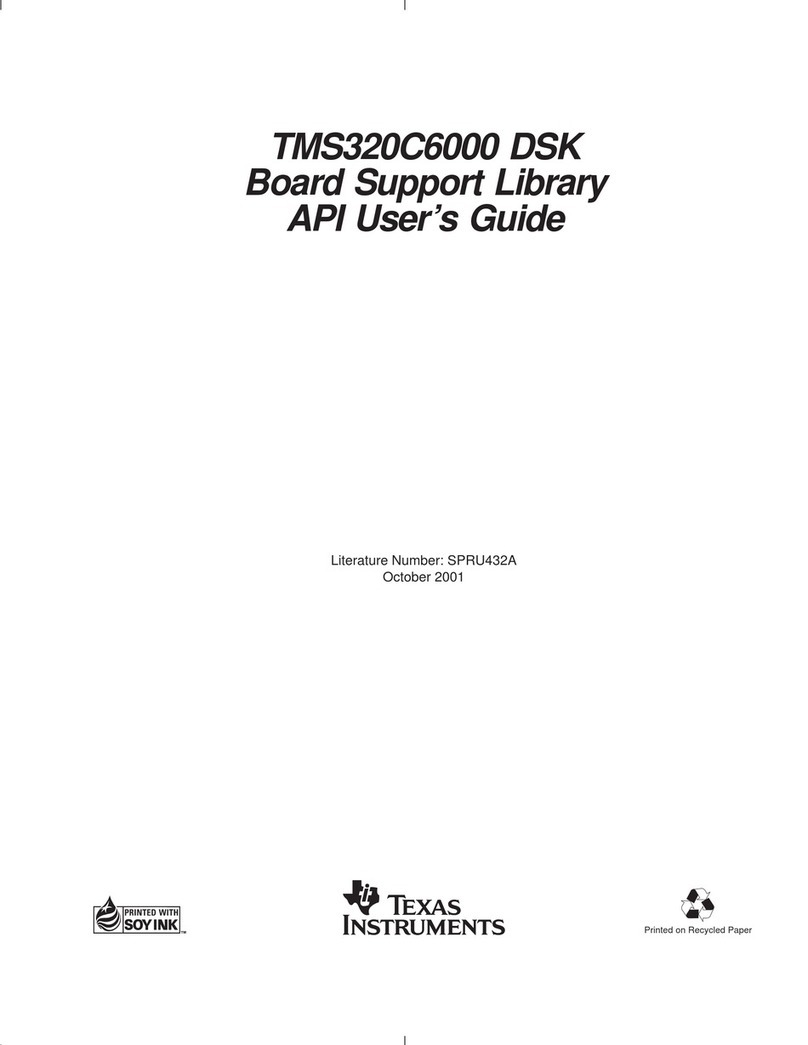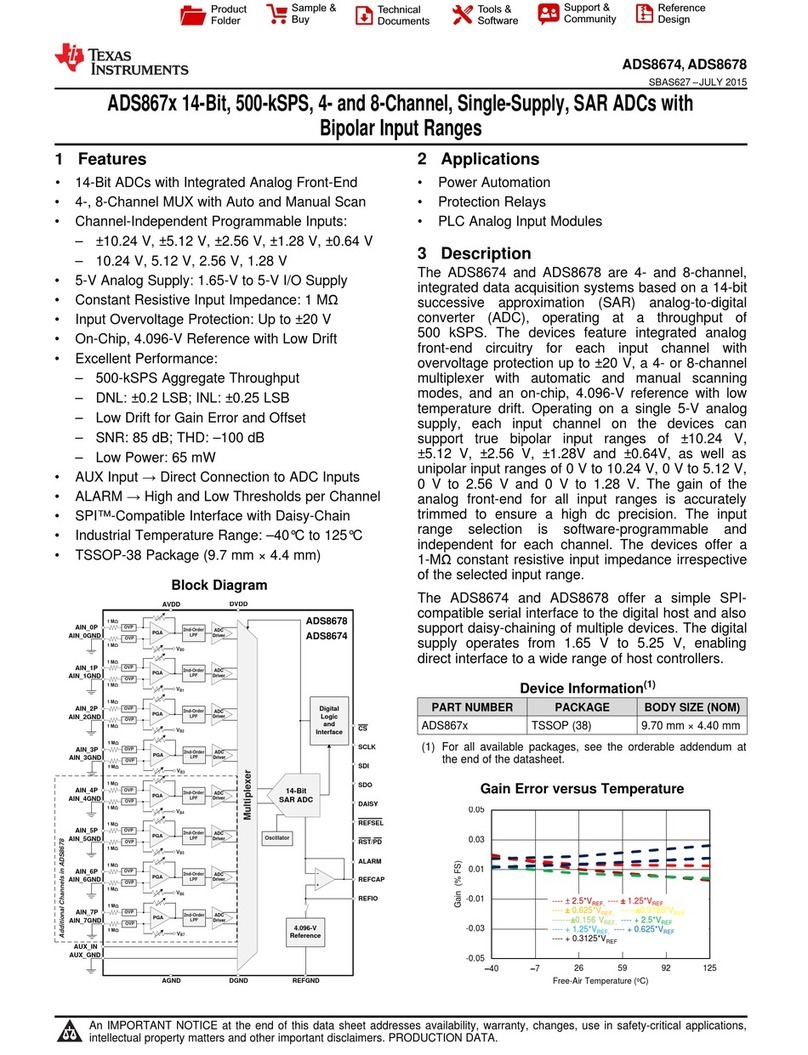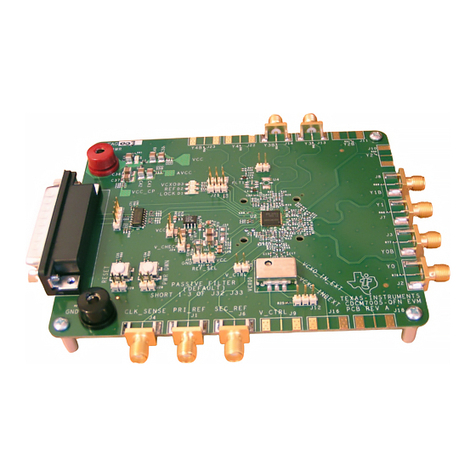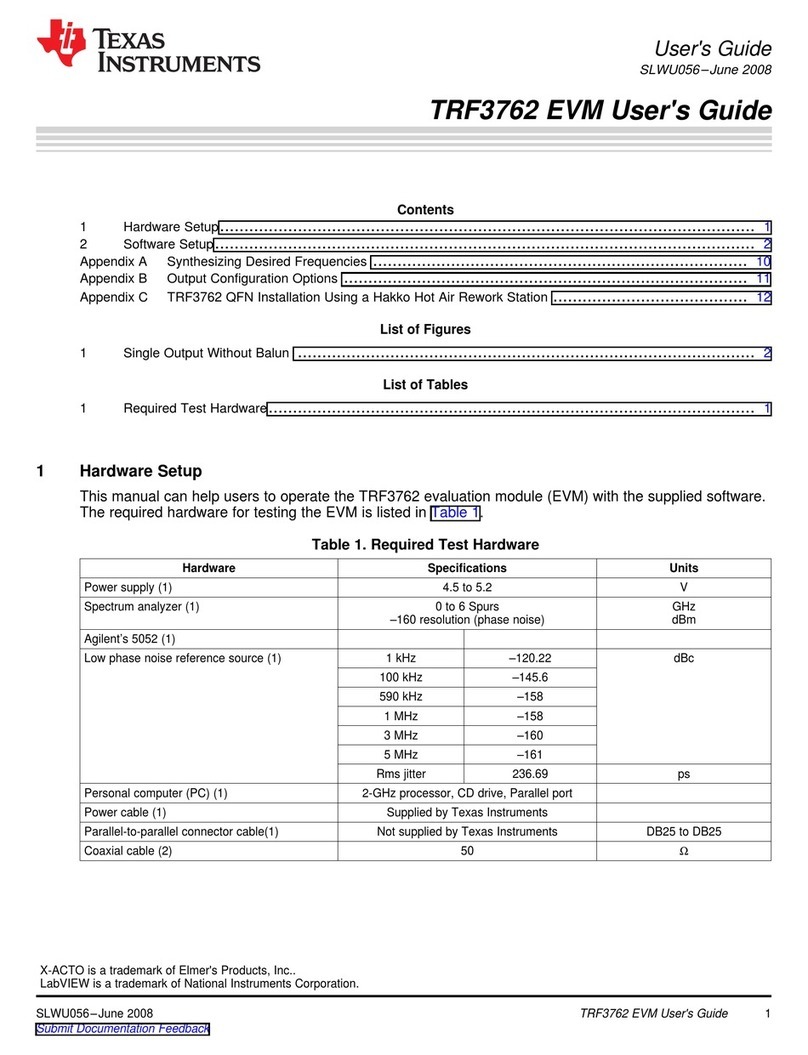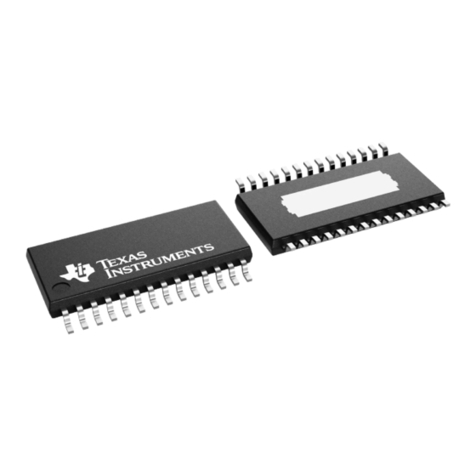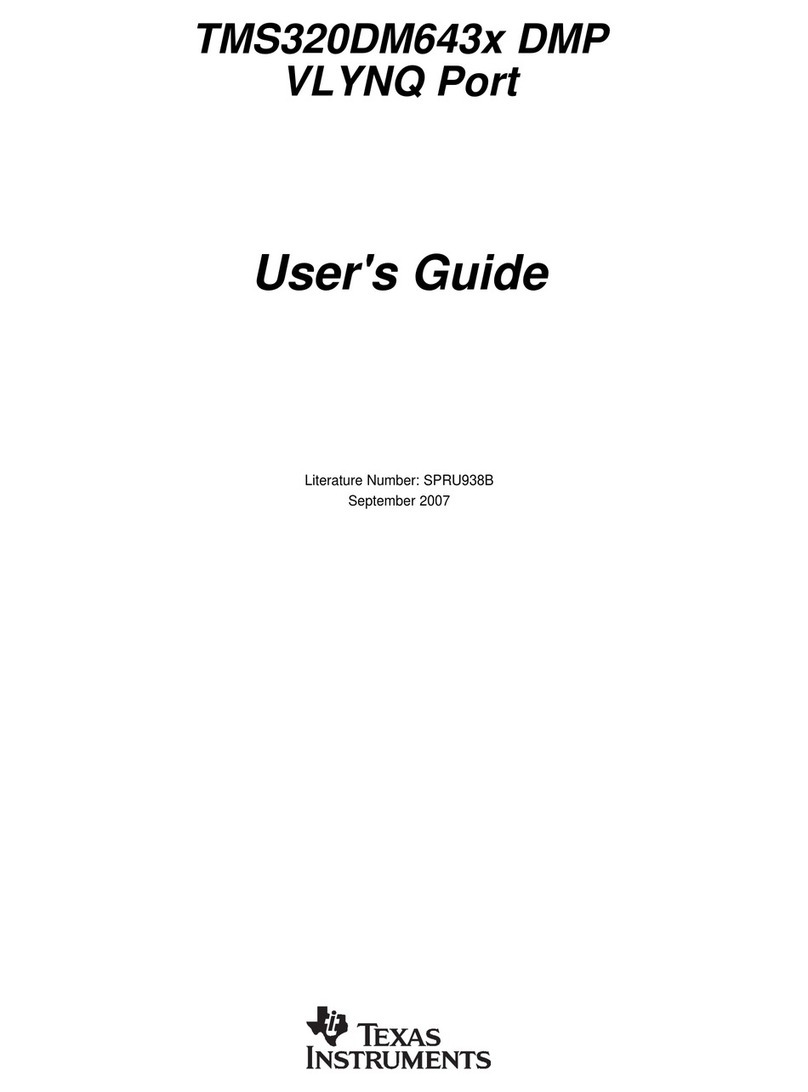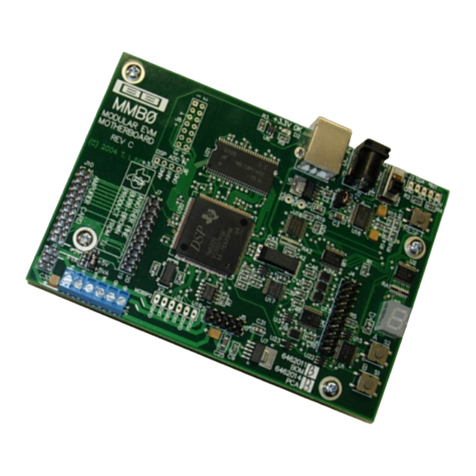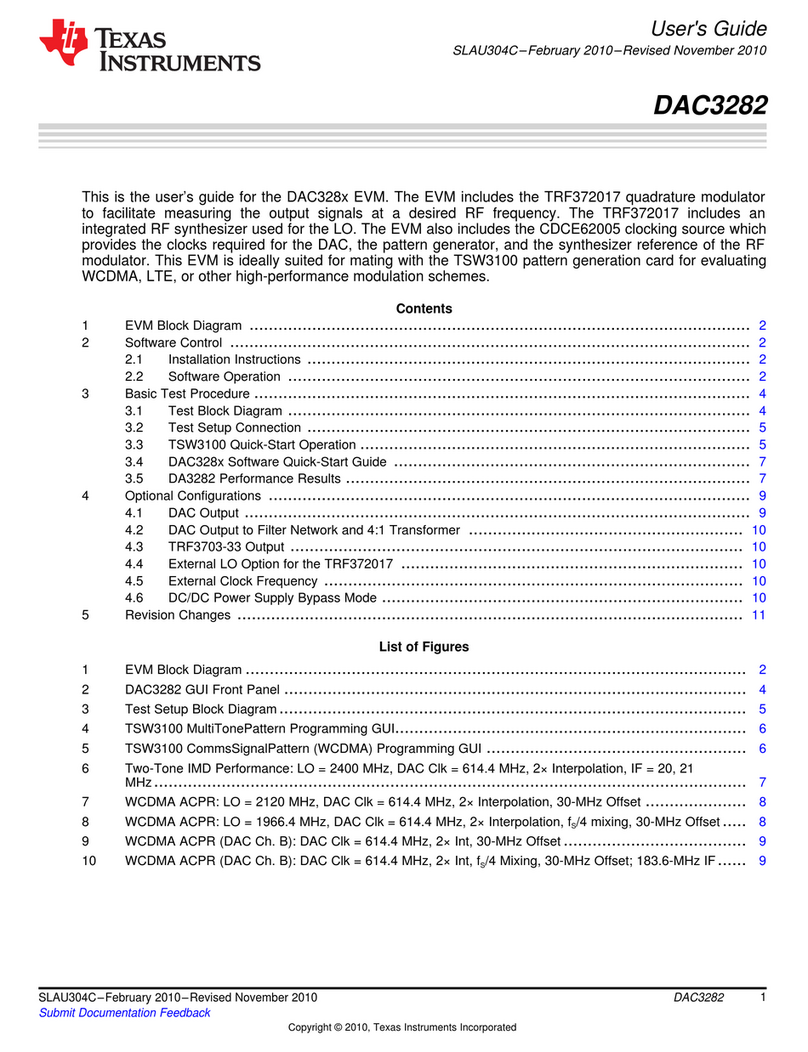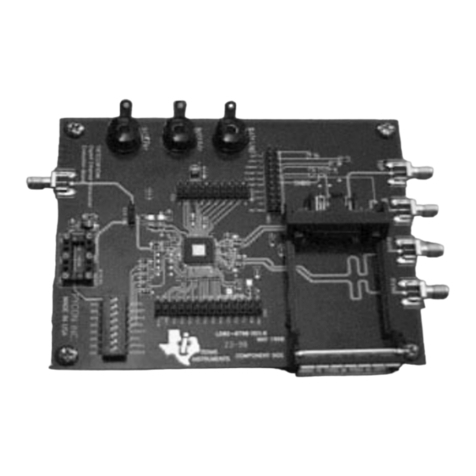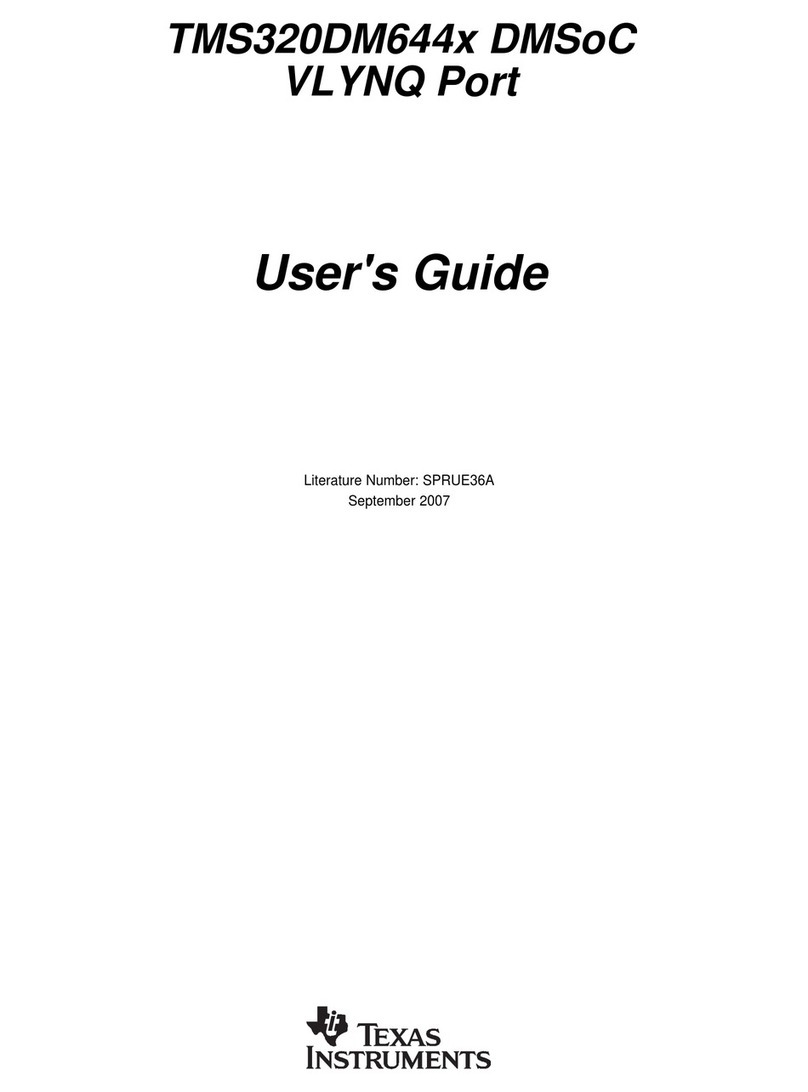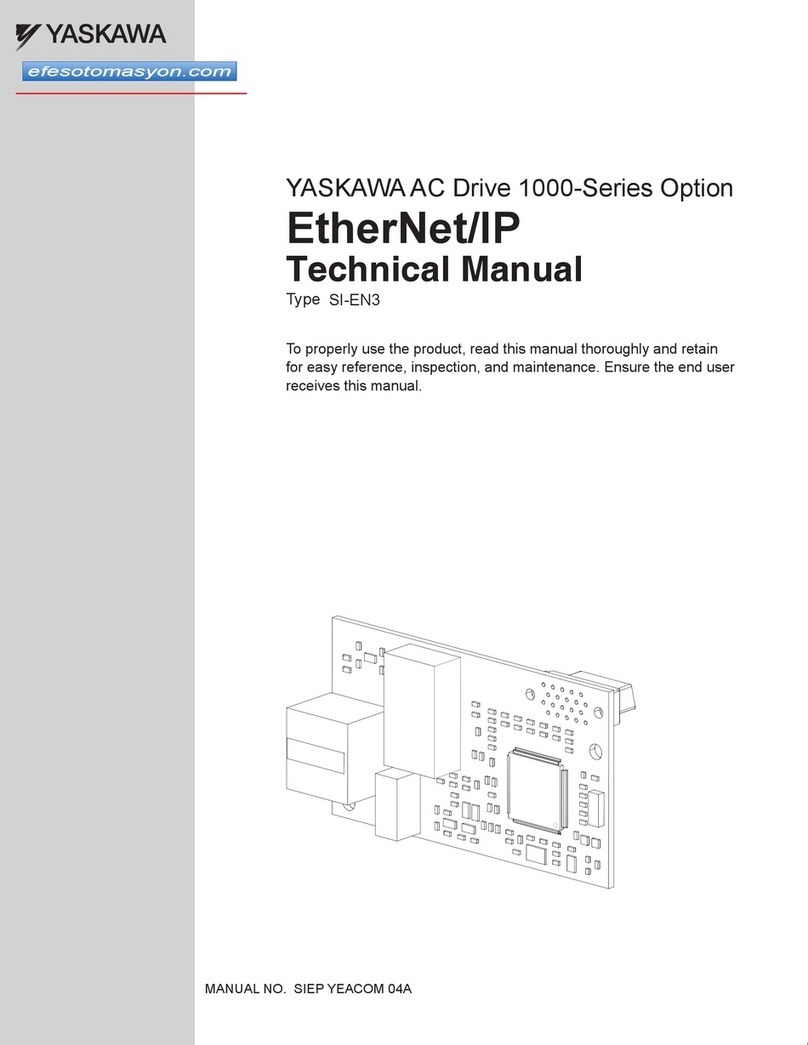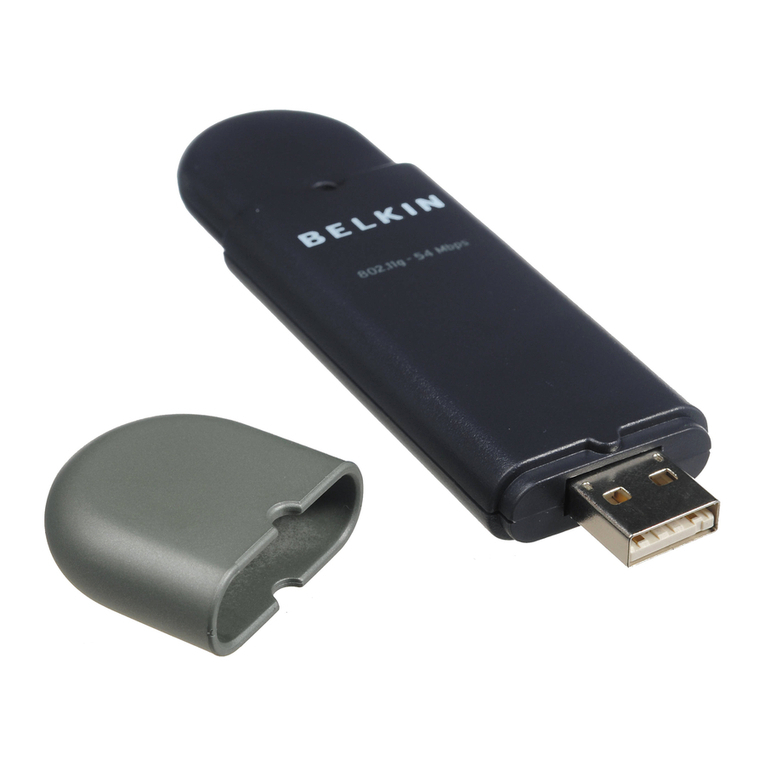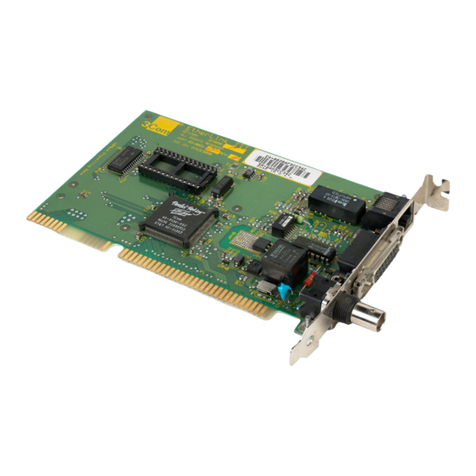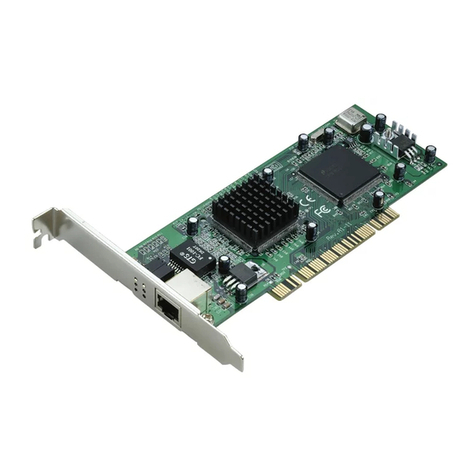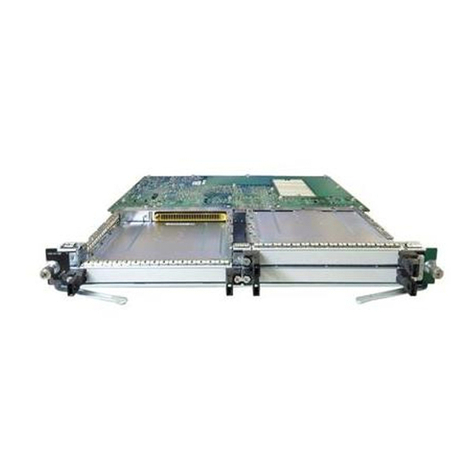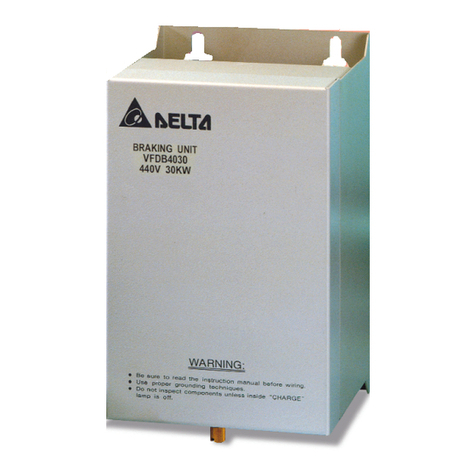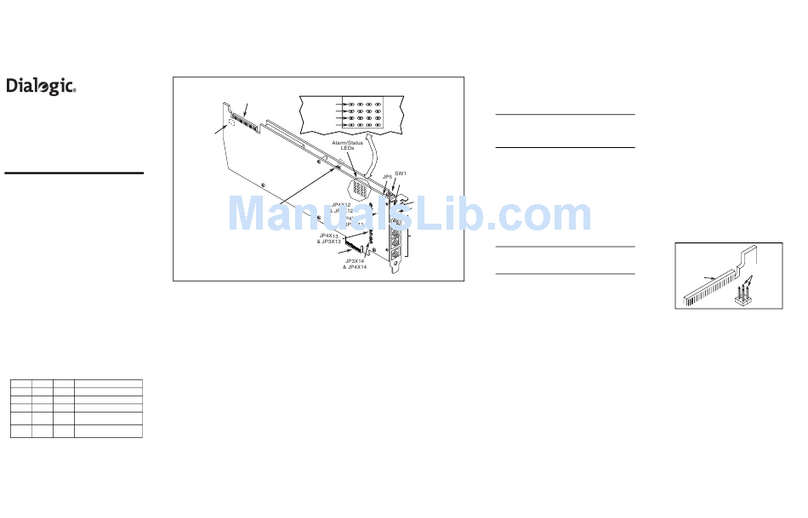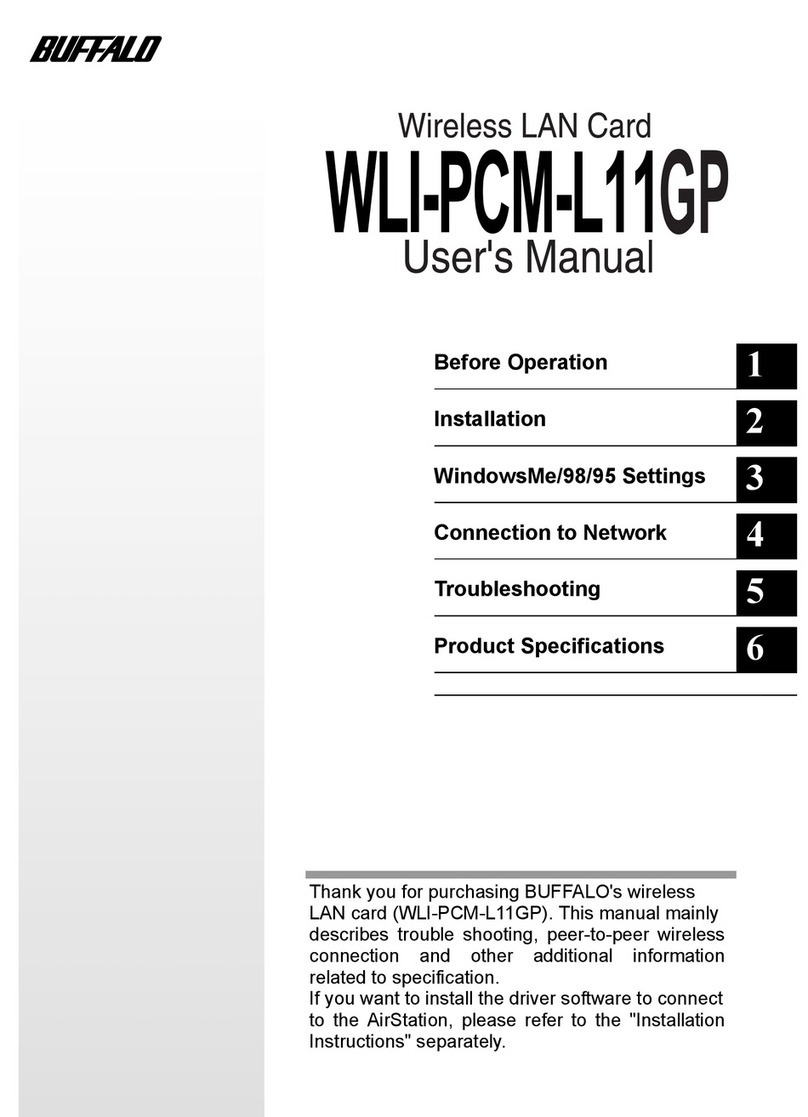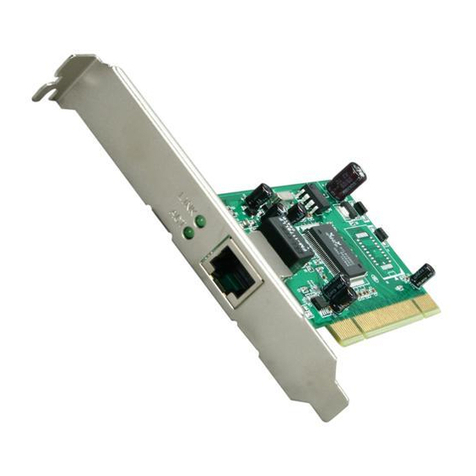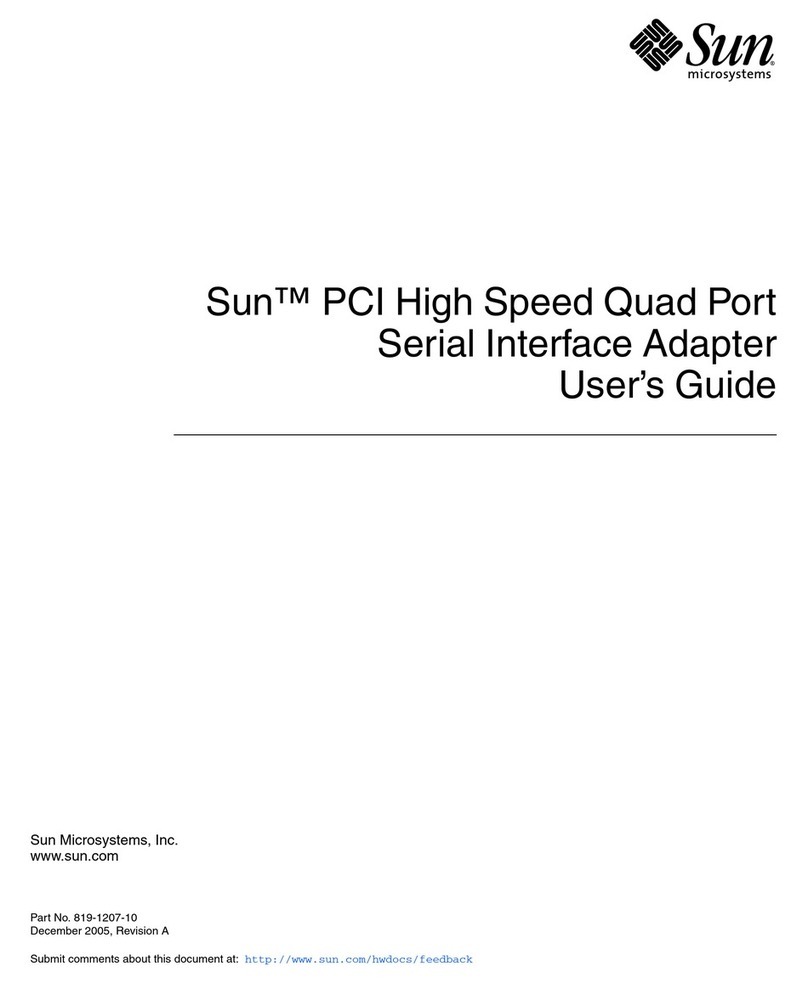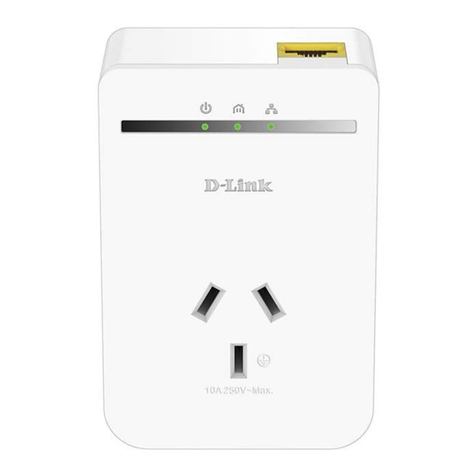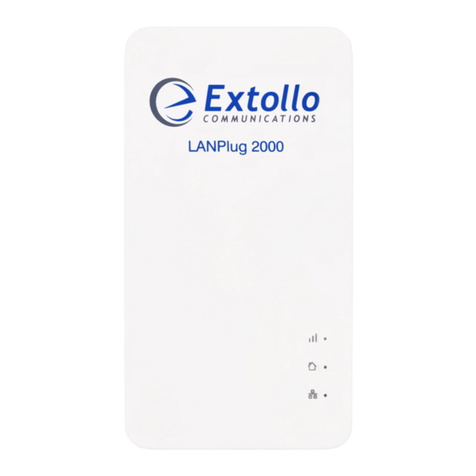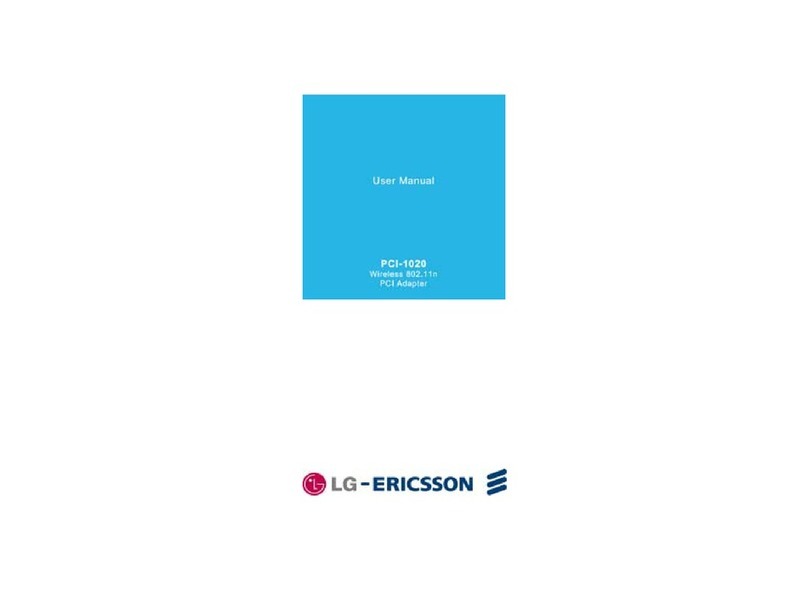
PrefaceSPRUER8 – December 2007
Read This First
About This Document
This document describes the VLYNQ™ communications interface port in the TMS320DM646x DigitalMedia System-on-Chip (DMSoC).
Notational Conventions
This document uses the following conventions.•Hexadecimal numbers are shown with the suffix h. For example, the following number is 40hexadecimal (decimal 64): 40h.•Registers in this document are shown in figures and described in tables.– Each register figure shows a rectangle divided into fields that represent the fields of the register.Each field is labeled with its bit name, its beginning and ending bit numbers above, and itsread/write properties below. A legend explains the notation used for the properties.– Reserved bits in a register figure designate a bit that is used for future device expansion.
Related Documentation From Texas InstrumentsThe following documents describe the TMS320DM646x Digital Media System-on-Chip (DMSoC). Copiesof these documents are available on the Internet at www.ti.com .Tip: Enter the literature number in thesearch box provided at www.ti.com.
The current documentation that describes the DM646x DMSoC, related peripherals, and other technicalcollateral, is available in the C6000 DSP product folder at: www.ti.com/c6000 .
SPRUEP8 —TMS320DM646x DMSoC DSP Subsystem Reference Guide. Describes the digital signalprocessor (DSP) subsystem in the TMS320DM646x Digital Media System-on-Chip (DMSoC).
SPRUEP9 —TMS320DM646x DMSoC ARM Subsystem Reference Guide. Describes the ARMsubsystem in the TMS320DM646x Digital Media System-on-Chip (DMSoC). The ARM subsystem isdesigned to give the ARM926EJ-S (ARM9) master control of the device. In general, the ARM isresponsible for configuration and control of the device; including the DSP subsystem and a majorityof the peripherals and external memories.
SPRUEQ0 —TMS320DM646x DMSoC Peripherals Overview Reference Guide. Provides an overviewand briefly describes the peripherals available on the TMS320DM646x Digital MediaSystem-on-Chip (DMSoC).
SPRAA84 —TMS320C64x to TMS320C64x+ CPU Migration Guide. Describes migrating from theTexas Instruments TMS320C64x digital signal processor (DSP) to the TMS320C64x+ DSP. Theobjective of this document is to indicate differences between the two cores. Functionality in thedevices that is identical is not included.
SPRU732 —TMS320C64x/C64x+ DSP CPU and Instruction Set Reference Guide. Describes the CPUarchitecture, pipeline, instruction set, and interrupts for the TMS320C64x and TMS320C64x+ digitalsignal processors (DSPs) of the TMS320C6000 DSP family. The C64x/C64x+ DSP generationcomprises fixed-point devices in the C6000 DSP platform. The C64x+ DSP is an enhancement ofthe C64x DSP with added functionality and an expanded instruction set.
SPRU871 —TMS320C64x+ DSP Megamodule Reference Guide. Describes the TMS320C64x+ digitalsignal processor (DSP) megamodule. Included is a discussion on the internal direct memory access(IDMA) controller, the interrupt controller, the power-down controller, memory protection, bandwidthmanagement, and the memory and cache.
SPRUER8 – December 2007 Preface 7Submit Documentation Feedback

